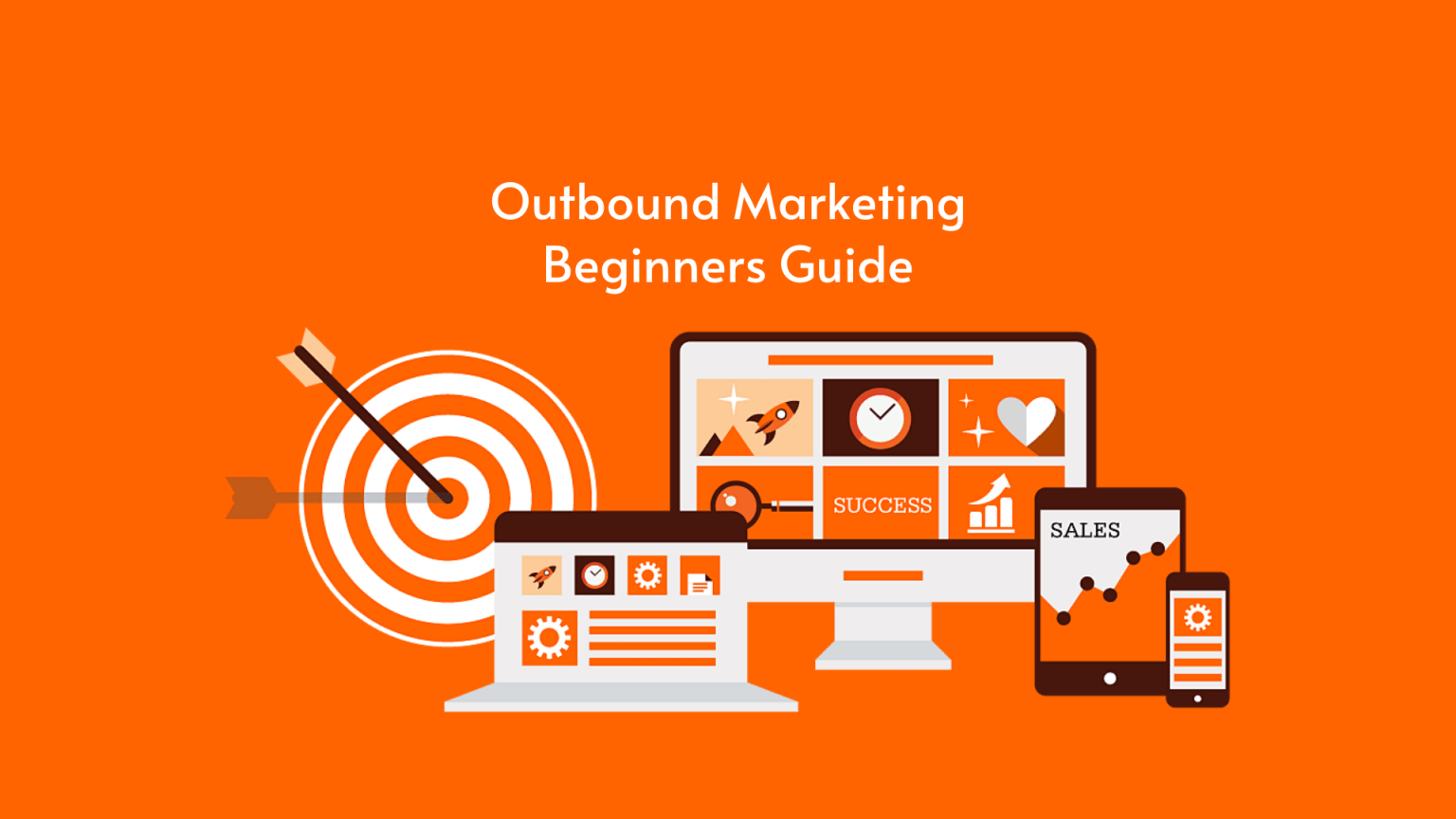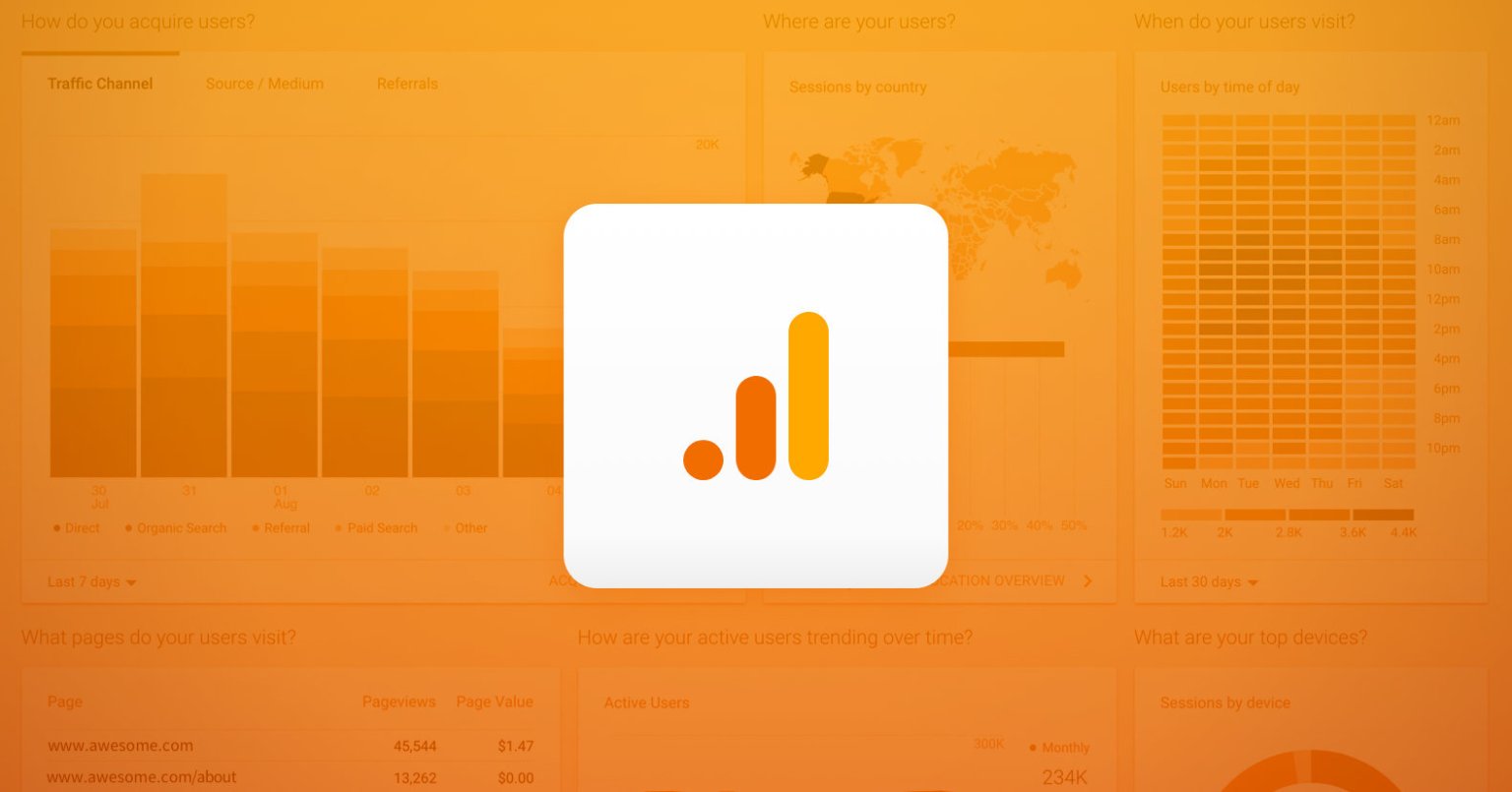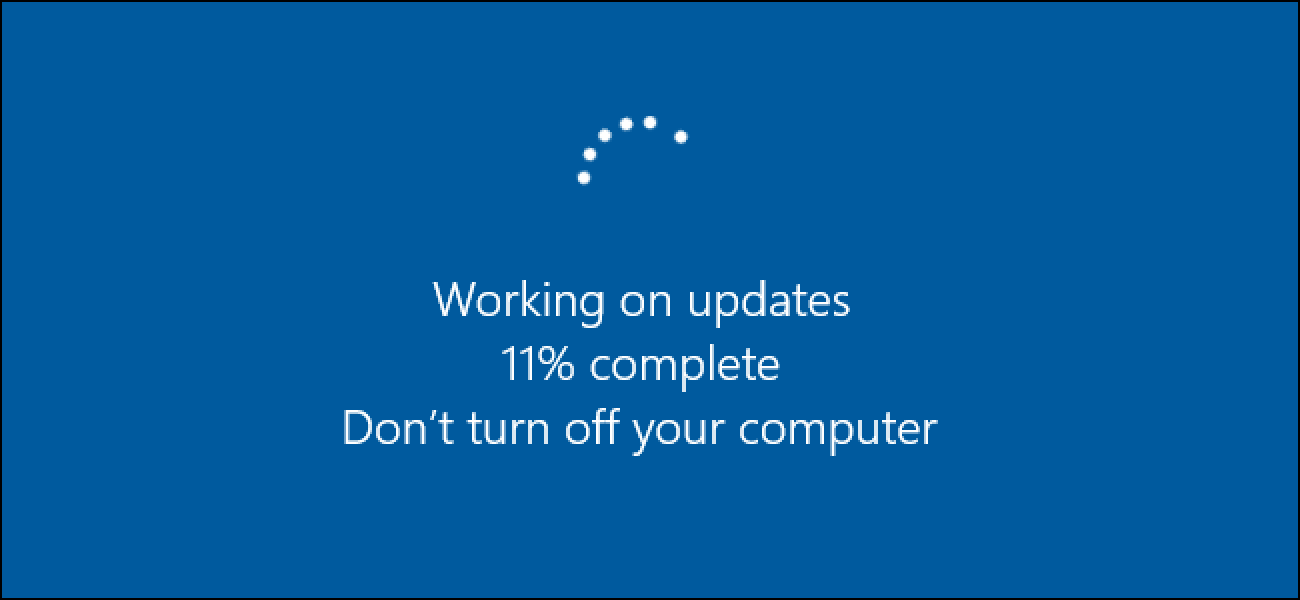What is Outbound Marketing?
Basically, unlike Inbound Marketing, Outbound Marketing constitutes the majority of marketing budgets for many businesses. And it’s been around for ages and some even consider it as the cost of doing business.
But, outbound marketing presents a lot of difficulties. Where tradition and past mistakes should never get in the way of adapting to changing marketing trends.
According to CRM Daily Reports, nearly half of the companies that implement inbound marketing efforts see a 25 percent greater Return On Marketing Investment (ROMI). Compared to those programs that other companies do apply.
Additionally, the survey found that inbound marketing channels can deliver up to 30 times the campaign conversion rate of traditional outbound direct-mail campaigns. Bearing in mind, inbound marketing is easier to track. It also has a higher ROI and lower overall costs than outbound marketing.
Problems with outbound marketing include:
- Difficulty in tracking return on investment (ROI)
- Increasing blocking techniques (Do not call list, Spam filters, TiVo, etc)
- High cost, low yield.
Your next step, of course, is to cut costs and increase conversions by shifting from outbound marketing to inbound marketing.
What is Outbound Marketing?
In general, Outbound Marketing refers to any kind of marketing where a company initiates the conversation and sends its message out to an audience.
Examples of outbound marketing include more traditional forms of marketing and advertising.
Outbound marketing channels include;
- Word Of Mouth,
- TV Commercials,
- Radio Ads,
- Print Advertisements (Newspaper Ads, Magazine Ads, Flyers, Brochures, Catalogs, etc.),
- Tradeshows and Trade Fairs,
- Outbound Sales Calls (AKA “cold calls”),
- Email Spam, etc.
And therefore, outbound marketing is the opposite of inbound marketing, where the customers find you when they need you.
Examples of inbound marketing include;
- Content Marketing,
- Business Blogging,
- Search Engine Optimization (SEO),
- Video Marketing Online,
- Search Engine Marketing (SEM),
- Opt-in Email Marketing, etc.
In addition, Paid Search Advertising is also considered inbound marketing. Simply, because your ads only appear when people are searching for products or services that you offer.
Generally, outbound marketing is harder to track and less profitable than inbound marketing. Yet ironically, organizations still spend as much as 90% of their marketing budgets on outbound marketing.
Organizations looking to improve online sales and return on marketing spend would be well advised to re-allocate an increasing percentage of their marketing budget on inbound marketing techniques.
What is Search Engine Marketing?
As I had earlier mentioned, Search Engine Marketing (SEM) is the process of gaining website traffic by purchasing ads on reputable search engines. Such as Google, Yahoo, Bing, and even Yandex search engines.
“Search Engine Marketing” was once was used as an umbrella term to encompass both SEO (Search Engine Optimization) and paid search activities. Over time, the industry has adopted the SEM acronym to refer solely to paid search.
At jmexclusives, we generally use SEM and/or “Paid Search” to refer to paid listings, with the longer-term of search marketing used to encompass both SEO and SEM.
The most commonly used terms to refer to SEM activities include:
- Paid Search Advertising
- Paid Search Ads
- PPC (pay-per-click)
- CPC (cost-per-click)
- PPC (pay-per-call) – some ads, particularly those served to mobile search users, may be charged by the number of clicks that resulted in a direct call from a smartphone.
- CPM (cost-per-thousand impressions)
Most search ads are sold on a CPC / PPC basis, but some advertising options may also be sold on a CPM basis.
To get started with inbound web marketing, set up Pay Per Click (PPC) or Cost Per Click (CPC) campaigns on Google AdWords. And then, the author relevant content for Search Engine Optimization (SEO). The more the website content on your site, the more reason for someone to land there.
And the easier it will be for potential customers to find you.
Inbound vs Outbound Marketing
Inbound marketing is a business methodology that attracts customers by creating valuable content and experiences tailored to them. While outbound marketing interrupts your audience with content they don’t want, inbound marketing forms connections they’re looking for and solves problems they already have.
Inbound marketing is about delivering solutions and opportunities that have a positive impact on people and your business. By all means, an inbound marketing strategy can include a number of different channels and types of content to attract prospects and customers to your website.
But, inbound marketing is just one part of a larger movement in the business world. It’s the foundation for the idea that it’s not enough to just attract people to your website; you have to continue to help, support, and empower them well after they become a customer.
That’s how your business grows — by keeping Marketing, Sales, and Service constantly focused on how to help current and future customers. We call this the flywheel, and the philosophies of inbound permeate and accelerate that flywheel — from Attract, to Engage, to Delight — to help your business grow faster, and better.
How Inbound Marketing relates to Search Marketing
First of all, one of the most effective ways to capitalize on the benefits of inbound marketing is with search engine marketing activities. Whereby, Search Marketing is unique in that your customers start the conversation by searching on a topic. And you as the advertiser have the ability to insert yourself into the conversation.
The idea is to create ads and website pages that will show up when someone searches for something relevant to your business. Making it easier for customers to find you. Always remember, someone who searches for your product or service is a warm lead. And if you aren’t there to catch him, a competitor likely will.
For instance, consider the last time you made a purchase.
- Where did you go?
- Did you look for ads in the Yellow Pages?
- Attend a trade show?
- Search for the product online?
Most likely, you answered with the latter, and so did your customers.
Shifting from Outbound to Inbound Marketing
Generally speaking, inbound marketing is about creating valuable experiences that have a positive impact on people and your business.
But, How do you do that? By attracting prospects and customers to your website and blog through relevant and helpful content. And once they arrive, you engage with them using conversational tools like email and chats. Or rather, by promising continued value.
Finally, you delight them by continuing to act as an empathetic advisor and expert. Remember that, inbound marketing tactics include everything from content marketing and social media. To technical SEO and UX optimization. As well as email marketing, video marketing, and even digital advertising.
Initiating PPC campaigns and utilizing the best SEO Analysis tools and efforts may sound like daunting tasks. But they don’t have to be! And with this in mind, use the following as a guide to success with search engine marketing.
You’ll want to:
- Start with Keyword Research: Use a free keyword tool to build a list of keywords relevant to your business, so you can start targeting them in your search campaigns.
- Create Campaigns on Google AdWords: If you haven’t already, start with a PPC campaign on Google, the web’s most commonly used search engine, to begin experimenting with keywords and driving new traffic to your website. Be sure to include your keywords in the ad copy.
- Optimize Google AdWords Campaigns: Sort your keyword groups by relevance for the best Quality Score. WordStream’s Keyword Grouping Tool evaluates each keyword and visits generated to provide the most relevant and efficient keyword grouping.
Read Also: Empire Flippers | Buy & Sell Quality Businesses Online
- Continue Keyword Research: Set up a system to record search queries that bring people to your site so you have a better understanding of what they’re looking for and how you can help. Continuously build your keyword list with relevant, specific keywords for your long-tail outreach.
- Generate Relevant Content: Use keyword data to understand market behavior and write interesting, compelling content about these subjects on your website for search engine optimization. The best part about this is that once you start showing up in organic results, clicks are free!
- Repeat, Prioritize, and Optimize: For your search campaign to perform at its best, these steps should be repeated periodically. Prioritizing tasks and optimizing campaigns is easy with WordStream’s software and workflow tool.
Just as Rome wasn’t built in a day, moving to an inbound marketing system is an iterative learning process, not a get-rich-quick scheme.
Takeaway,
More often, marketers who employ digital inbound tactics use online content to attract their target customers. Especially onto their websites by providing assets that are helpful to them.
One of the simplest yet most powerful inbound digital marketing assets is a blogging site. This allows your website to capitalize on the terms which your ideal customers are searching for.
Ultimately, inbound marketing is a methodology that uses digital marketing assets to attract, convert, close, and delight customers online. Many marketing teams that have not fully embraced inbound marketing use a variety of inbound tactics as I mentioned.
And by diversifying tactics, marketing teams strive to increase their chances of success, but often lack a cohesive way to figure out if those efforts are working. From a business perspective, the methodology represents the growth of your business. And happy customers provide the energy that fuels that growth.
Resources;
Finally, I hope the above-revised guide on both Outbound Marketing and Inbound Marketing was resourceful.
But, for additional references, affiliate links, contributions, or even questions, please Contact Us. You can also share your inputs and thoughts in the comments box below this blog.
Related Topics;





Comments
Post a Comment